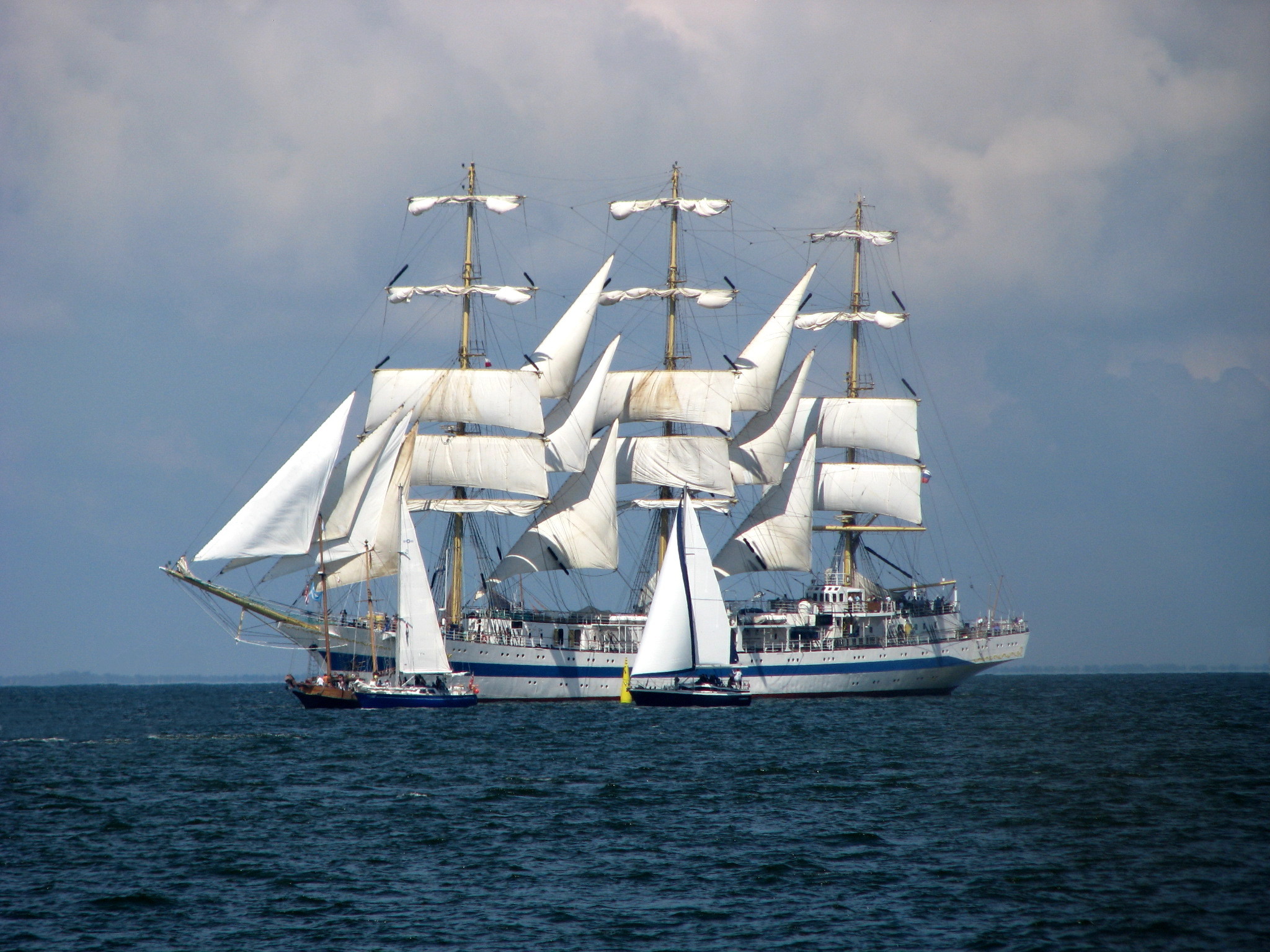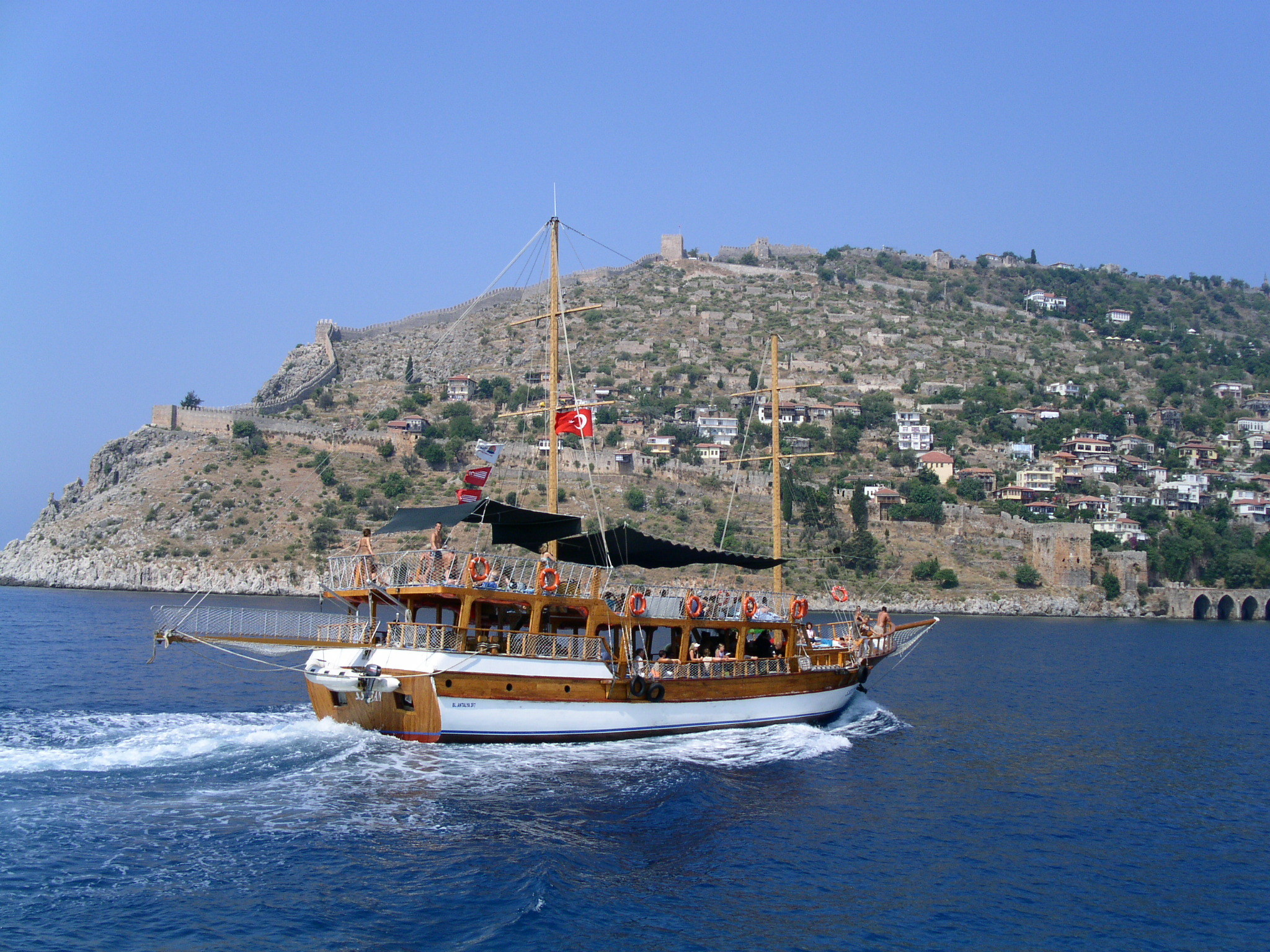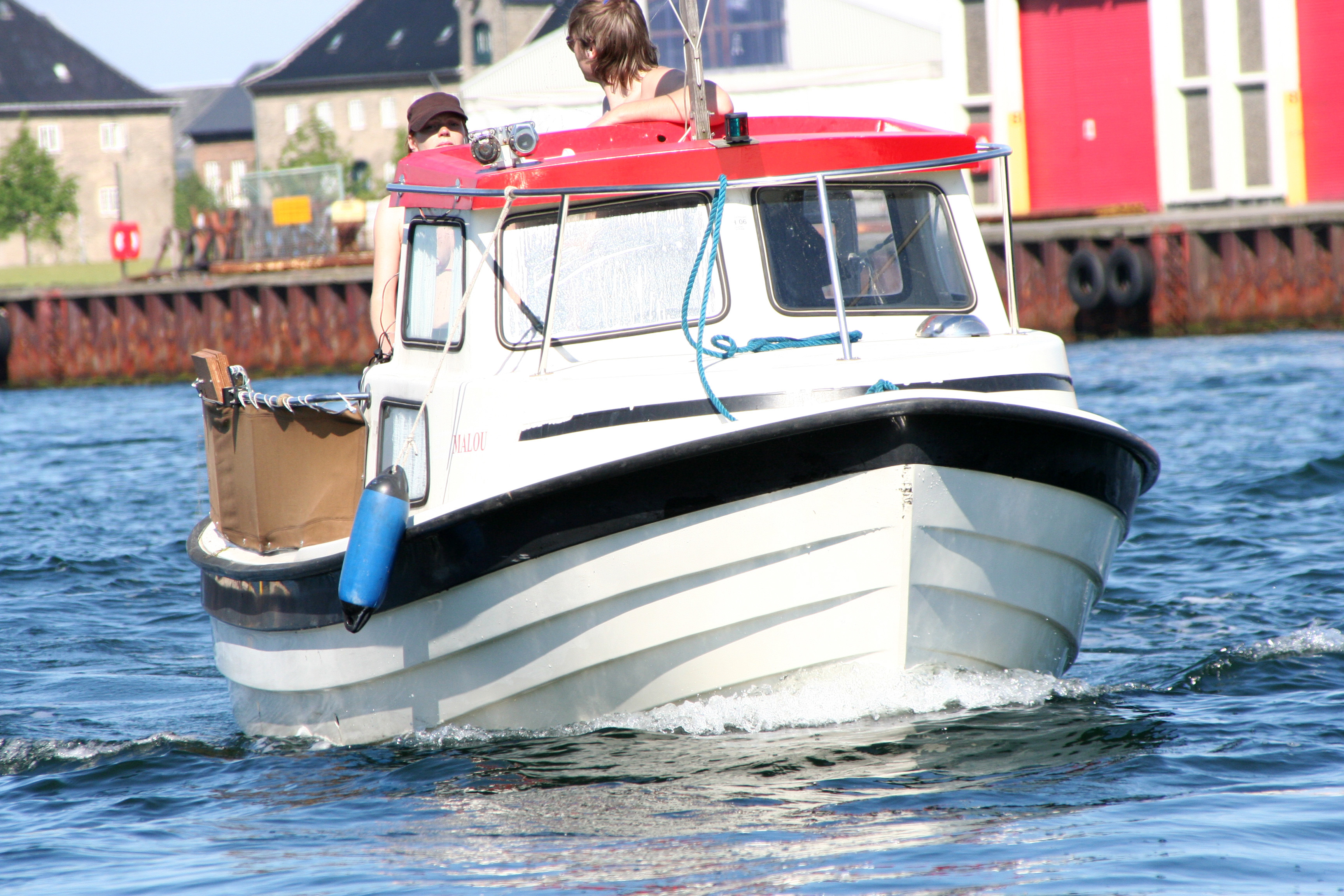There are so many different types of boat trips that can be enjoyed. Whether its just a day trip or a full cruise, many things can take place to make it extra special.
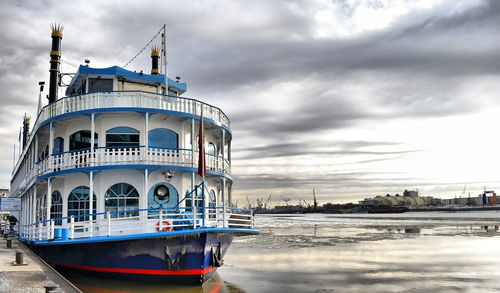
The Small Details

It is often the small details that set a boat experience ahead of the rest. It is quite common for those travelling this way to be able to dine while on the boat. While there will be high expectations of the food, the tableware can really make this experience extra special.
Those running these kinds of events will want to make sure that the tableware they are using is of the best quality. Many different selections of this can be found at https://royaldesign.co.uk/, which offers everything needed in a typical dining set-up.
Extending the Experience
After enjoying a wonderful cruise it’s hard to realise it has come to an end. However, the small details that were enjoyed can be carried on at home. This can be done by paying attention to those little details that make up a home. This is often the accessories. Remember how you might have enjoyed the luxurious towels that were supplied to you when you were on your boat trip on the waters. You can relive this experience by investing in quality, luxurious towels for your home.
Being Informed
Whenever you are going to make a big decision in life, you want to be informed. For example, if you are going to travel by boat, you want to know your options. If you apply the same concept when buying the little things that will make your home warm and inviting, you will have great success. There are many different resources available to do this. One of the things to keep in mind is to make sure you invest in quality items. This is why cruise ships are so inviting. When they pay attention to the small things, they make sure each item is of the best quality. This way, they retain their newness for each voyage that they embark on. Which means they can be enjoyed by all the passengers.





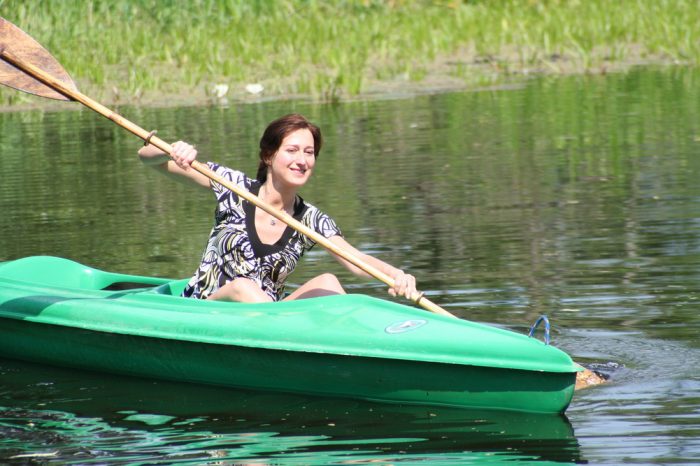


 g a relatively small cruise operator compared to a number of its competitors, the company alone makes up for approximately 2% of the worldwide cruise market, this had led to long waiting times for tickets to be available during some of the busier holidays seasons, particularly during winter with passengers are hoping to be able to see the northern lights.
g a relatively small cruise operator compared to a number of its competitors, the company alone makes up for approximately 2% of the worldwide cruise market, this had led to long waiting times for tickets to be available during some of the busier holidays seasons, particularly during winter with passengers are hoping to be able to see the northern lights.

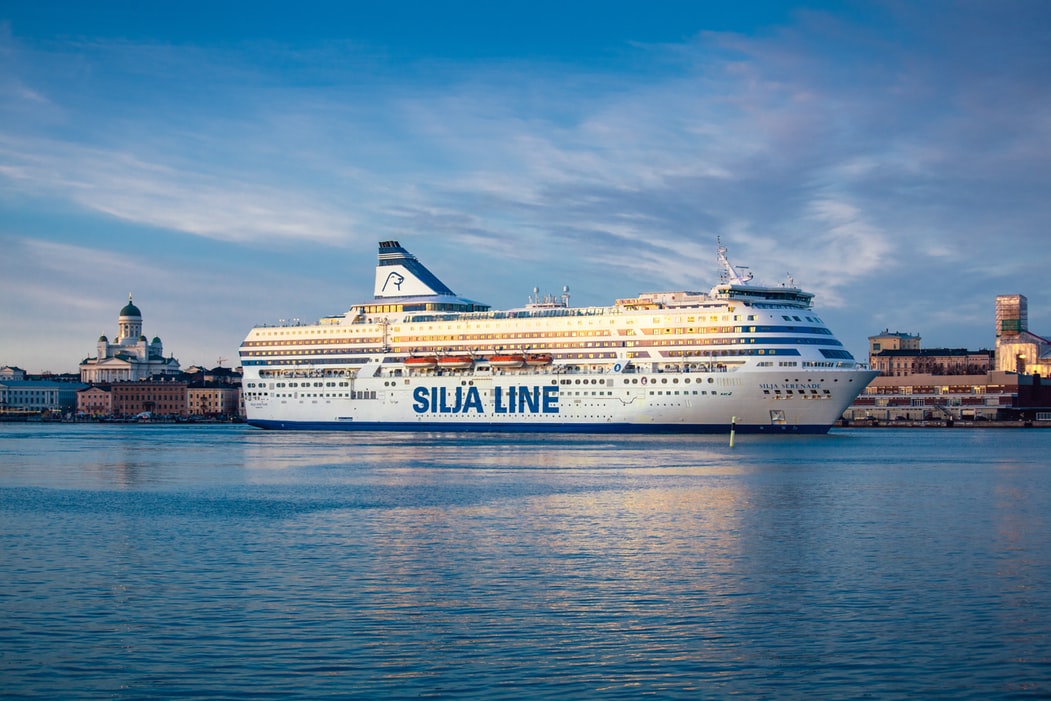 the same specifications as modern cruises, the voyages were unique at that time and it was not until many years later that the company found themselves with any real competition. The company have continued to expand their list of destinations through to today and have been highly successful at expanding the maritime industry as a whole, contributing to the development of shipyards and ensuring long-lasting careers in the maritime industry.
the same specifications as modern cruises, the voyages were unique at that time and it was not until many years later that the company found themselves with any real competition. The company have continued to expand their list of destinations through to today and have been highly successful at expanding the maritime industry as a whole, contributing to the development of shipyards and ensuring long-lasting careers in the maritime industry.
 the ships were designed to be both larger and more heavily armed than the standard frigates of that period. The ship was built at the Edmund Hartt shipyard, which was situated in the North End of Boston, Massachusetts. The first offical duty of the ship was to provide protection to American ships during the war with France, with the second duty being to defeat the Barbary pirates in the First Barbary War. Both of which were considered by naval historians to demonstrate the effectiveness of the ship and the viability of building larger ships in order to secure better naval prowess.
the ships were designed to be both larger and more heavily armed than the standard frigates of that period. The ship was built at the Edmund Hartt shipyard, which was situated in the North End of Boston, Massachusetts. The first offical duty of the ship was to provide protection to American ships during the war with France, with the second duty being to defeat the Barbary pirates in the First Barbary War. Both of which were considered by naval historians to demonstrate the effectiveness of the ship and the viability of building larger ships in order to secure better naval prowess.
 viera, departing from Los Angeles, at a time when the ship would usually not have been in use during the winter months. The first cruise was not necessarily a success, as the ship had not been designed for use in tropical climates and had no air-conditioning on board, which was not a problem when the ship was being used in colder northern climates. The ship was replaced by a purpose-built ship that was called Italia. The second cruise line the company operated was ultimately unsuccessful and led to the ship being return to Europe under charter to the Costa Cruise Line, although the company now outright own their own ships.
viera, departing from Los Angeles, at a time when the ship would usually not have been in use during the winter months. The first cruise was not necessarily a success, as the ship had not been designed for use in tropical climates and had no air-conditioning on board, which was not a problem when the ship was being used in colder northern climates. The ship was replaced by a purpose-built ship that was called Italia. The second cruise line the company operated was ultimately unsuccessful and led to the ship being return to Europe under charter to the Costa Cruise Line, although the company now outright own their own ships.
